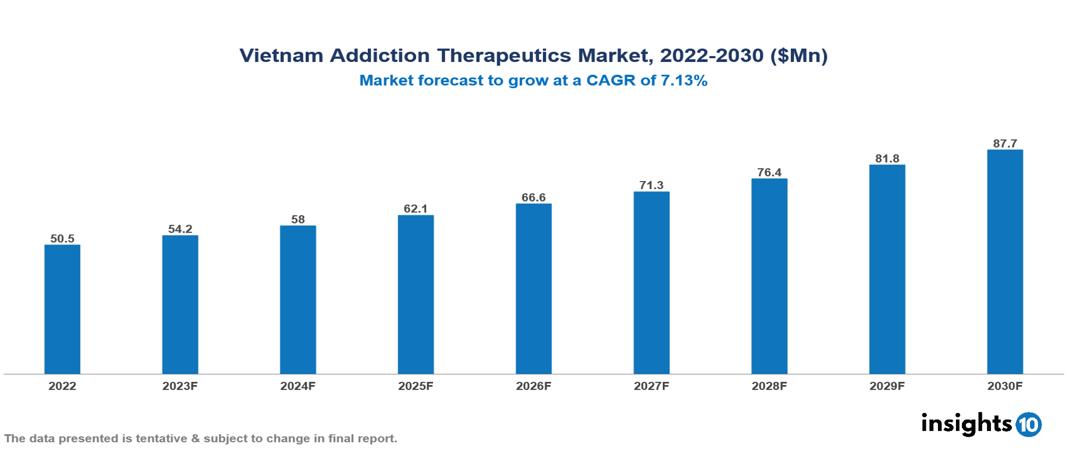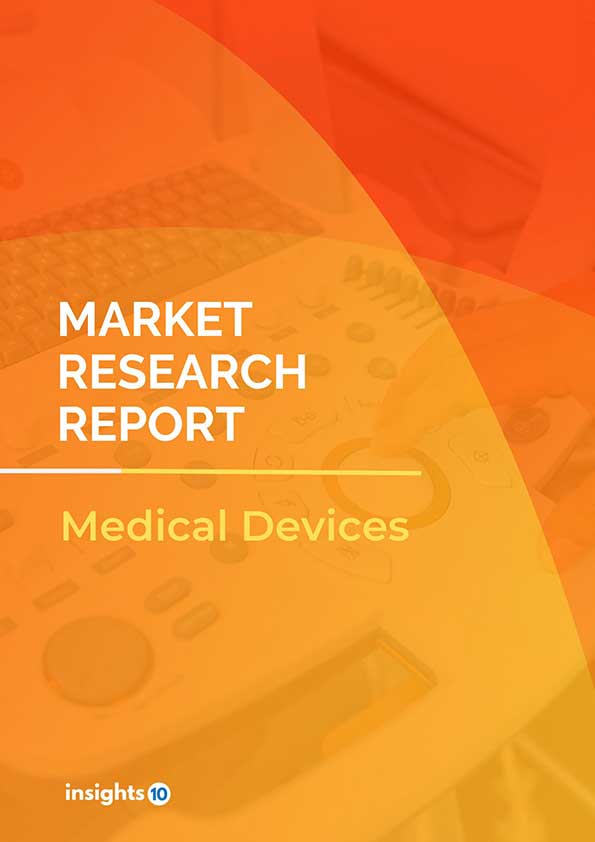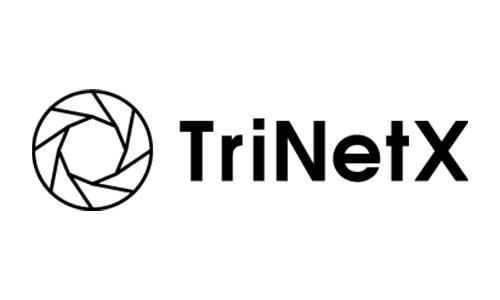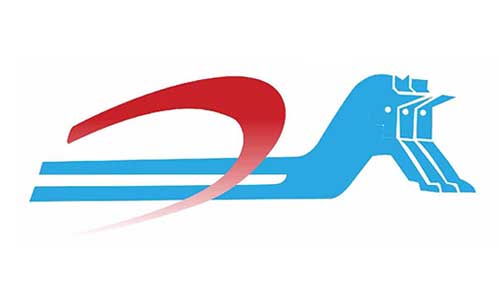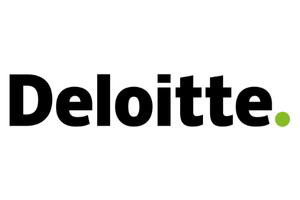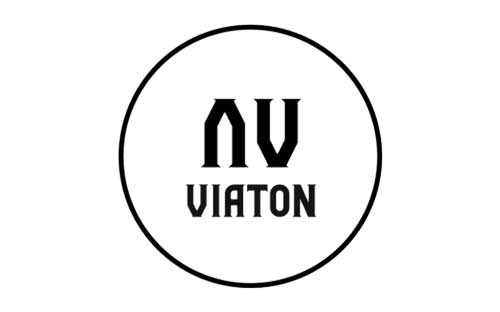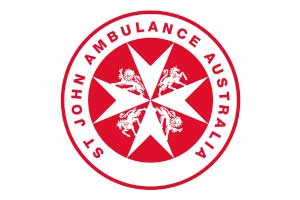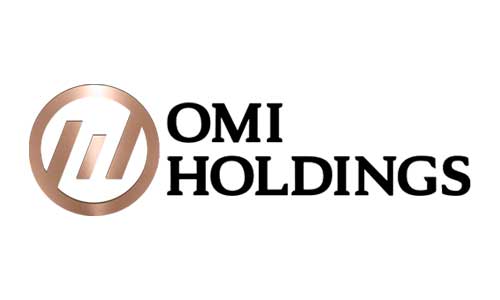Vietnam Addiction Therapeutics Market Analysis
Vietnam addiction therapeutics market was valued at $51 Mn in 2022 and is estimated to reach $88 Mn in 2030, exhibiting a CAGR of 7.13% during the forecast period. The growth of programs aimed at increasing drug knowledge and avoiding substance usage is one of the main drivers of the addiction therapeutics market. Dominant key players operating in the market include Indivior, Alkermes, Reckitt Benckiser, Otsuka Pharmaceutical Co., Pfizer, Mallinckrodt, Purdue Pharma L.P., GlaxoSmithKline, Teva Pharmaceutical and Novartis
Buy Now

Vietnam Addiction Therapeutics Market Executive Summary
Vietnam addiction therapeutics market was valued at $51 Mn in 2022 and is estimated to reach $88 Mn in 2030, exhibiting a CAGR of 7.13% during the forecast period.
Addiction is a chronic medical condition defined by obsessive drug seeking and usage despite negative effects. A variety of scientifically proven pharmacological and psychological interventions are included in addiction therapies, with the aim of supporting patients in quitting drug and alcohol usage and addressing the root causes of their addiction. Addiction therapies provide tailored care and support in an effort to meet each person's specific requirements and promote long-term recovery. Tailored care in addiction therapy involves an individualized approach that considers various factors, such as the type of addiction, the severity of the substance use disorder, co-occurring mental health conditions, personal preferences, social support systems, and any underlying physical health issues. By considering these individualized aspects, addiction therapies aim to create a comprehensive treatment plan that may include a combination of pharmacological interventions, behavioural therapies, counselling, support groups, and other evidence-based approaches.
Vietnam's drug-related death toll had surpassed 2,100, or about 36 deaths per Mn people aged 15 to 64. With one of the highest mortality rates in East and South East Asia, primarily from opioids, Vietnam is among the countries with the alarming rate. Drug-related problems are still very much present in Vietnam, even in the face of strict drug control legislation and a decline in the production of illicit opium. The first ten months of 2020 saw 22,979 drug-related violations, averaging nearly 2,300 cases per month, surpassing the total violations in all of 2019, which recorded 19,862 cases, averaging more than 1,800 cases per month. Significant drug interceptions have happened, including the seizure of 3,000 kg of heroin and nearly 300 kg of methamphetamine. Another event involved 1.1 tons of drugs that were linked to a trafficking organization. The average population uses 81% of tobacco products, 47% of alcohol, 32% of heroin, 24% of injectable drugs, and 12% of illicit substances.
The main medication used in addiction treatment is buprenorphine. Patients and healthcare professionals now recognize and trust brands like Subutex, Butrans, and Suboxone. While Revia is the most widely available brand of naltrexone, Campral is the most preferred option for acamprosate.
Market Dynamics
Market Growth Drivers
Government Initiatives: Government support and initiatives that prohibit drug abuse and promote addiction treatment may lead to growth in the market. Vietnam's efforts to prevent drug use through extensive programs, public health campaigns, and publicly available treatment choices may contribute to the demand for drugs used in addiction treatment.
Increasing Awareness and Recognition: There is a growing need for more addiction therapeutic drugs and therapies as a result of increased efforts to address addiction and the growing awareness of substance abuse as a serious public health issue. The market for addiction therapies will expand as a result of the increased recognition of addiction as a serious public health issue.
Changing Societal Attitudes and Reduced Stigma: Reducing Stigma and Changing Societal Attitudes Stigma has decreased as a result of a steady change in society's views regarding addiction as a medical illness as opposed to a moral failing. People are more likely to seek treatment as a result of this shift, which increases the need for easily accessible and all-encompassing addiction therapy, driving the market's expansion.
Market Restraints
High Cost of Treatment: For those seeking therapy or recovery, high out-of-pocket expenses for addiction treatment and restricted insurance coverage may provide financial hurdles. If these financial barriers prevented customers from using these services, the market would not be able to grow.
Limited Public Awareness: Despite government efforts to raise public awareness of addiction and treatment options, the general public may still be ignorant of the entire spectrum of options. This lack of understanding impeding the market's growth may have an effect on the demand for drugs and other services for the treatment of addiction.
Stigma and Perception: The stigma associated with addiction and mental health issues may make it more difficult for drugs to be adopted for addiction rehabilitation. Social stigma may have an impact on the demand for addiction treatment drugs and the growth of the addiction treatment market by preventing people from getting the proper therapy.
Healthcare Policies and Regulatory Landscape
The Ministry of Health (MOH) in Vietnam is in charge of healthcare policies and laws relating to medications used for addiction treatment. Drug Administration of Vietnam (DAV) operates under the MOH's jurisdiction. Before approving a drug, the Drug Administration of Vietnam (DAV) verifies its safety, effectiveness, and quality through thorough assessments, documentation, and adherence to strict standards. The formulation of the medication, manufacturing procedures, outcomes of clinical trials, and proof of adherence to Good Manufacturing Practices (GMP) must all be included in the application. The nation runs public health campaigns to increase awareness about substance misuse, but there are still issues with how to allocate resources, including funding for treatment programs that are comprehensive and for the infrastructure of the healthcare system.
Competitive Landscape
Key Players
- Indivior
- Alkermes
- Reckitt Benckiser
- Otsuka Pharmaceutical Co.
- Pfizer
- Mallinckrodt
- Purdue Pharma L.P.
- GlaxoSmithKline
- Teva Pharmaceutical
- Novartis.
1. Executive Summary
1.1 Disease Overview
1.2 Global Scenario
1.3 Country Overview
1.4 Healthcare Scenario in Country
1.5 Patient Journey
1.6 Health Insurance Coverage in Country
1.7 Active Pharmaceutical Ingredient (API)
1.8 Recent Developments in the Country
2. Market Size and Forecasting
2.1 Epidemiology of Disease
2.2 Market Size (With Excel & Methodology)
2.3 Market Segmentation (Check all Segments in Segmentation Section)
3. Market Dynamics
3.1 Market Drivers
3.2 Market Restraints
4. Competitive Landscape
4.1 Major Market Share
4.2 Key Company Profile (Check all Companies in the Summary Section)
4.2.1 Company
4.2.1.1 Overview
4.2.1.2 Product Applications and Services
4.2.1.3 Recent Developments
4.2.1.4 Partnerships Ecosystem
4.2.1.5 Financials (Based on Availability)
5. Reimbursement Scenario
5.1 Reimbursement Regulation
5.2 Reimbursement Process for Diagnosis
5.3 Reimbursement Process for Treatment
6. Methodology and Scope
Vietnam Addiction Therapeutics Market Segmentation
By Treatment Type
- Opioid Addiction Treatment
- Alcohol Addiction Treatment
- Nicotine Addiction Treatment
- Other Substance Addiction Treatment
By Drug Type
- Buprenorphine
- Naltrexone
- Bupropion
- Disulfiram
- Nicotine Replacement Products
- Varenicline
- Others
By Treatment Centre
- Inpatient Treatment Centre
- Residential Treatment Centre
- Outpatient Treatment Centre
By Distribution Channel
- Hospital Pharmacies
- Medical stores
- Online Pharmacies
- Others
Methodology for Database Creation
Our database offers a comprehensive list of healthcare centers, meticulously curated to provide detailed information on a wide range of specialties and services. It includes top-tier hospitals, clinics, and diagnostic facilities across 30 countries and 24 specialties, ensuring users can find the healthcare services they need.
Additionally, we provide a comprehensive list of Key Opinion Leaders (KOLs) based on your requirements. Our curated list captures various crucial aspects of the KOLs, offering more than just general information. Whether you're looking to boost brand awareness, drive engagement, or launch a new product, our extensive list of KOLs ensures you have the right experts by your side. Covering 30 countries and 36 specialties, our database guarantees access to the best KOLs in the healthcare industry, supporting strategic decisions and enhancing your initiatives.
How Do We Get It?
Our database is created and maintained through a combination of secondary and primary research methodologies.
1. Secondary Research
With many years of experience in the healthcare field, we have our own rich proprietary data from various past projects. This historical data serves as the foundation for our database. Our continuous process of gathering data involves:
- Analyzing historical proprietary data collected from multiple projects.
- Regularly updating our existing data sets with new findings and trends.
- Ensuring data consistency and accuracy through rigorous validation processes.
With extensive experience in the field, we have developed a proprietary GenAI-based technology that is uniquely tailored to our organization. This advanced technology enables us to scan a wide array of relevant information sources across the internet. Our data-gathering process includes:
- Searching through academic conferences, published research, citations, and social media platforms
- Collecting and compiling diverse data to build a comprehensive and detailed database
- Continuously updating our database with new information to ensure its relevance and accuracy
2. Primary Research
To complement and validate our secondary data, we engage in primary research through local tie-ups and partnerships. This process involves:
- Collaborating with local healthcare providers, hospitals, and clinics to gather real-time data.
- Conducting surveys, interviews, and field studies to collect fresh data directly from the source.
- Continuously refreshing our database to ensure that the information remains current and reliable.
- Validating secondary data through cross-referencing with primary data to ensure accuracy and relevance.
Combining Secondary and Primary Research
By integrating both secondary and primary research methodologies, we ensure that our database is comprehensive, accurate, and up-to-date. The combined process involves:
- Merging historical data from secondary research with real-time data from primary research.
- Conducting thorough data validation and cleansing to remove inconsistencies and errors.
- Organizing data into a structured format that is easily accessible and usable for various applications.
- Continuously monitoring and updating the database to reflect the latest developments and trends in the healthcare field.
Through this meticulous process, we create a final database tailored to each region and domain within the healthcare industry. This approach ensures that our clients receive reliable and relevant data, empowering them to make informed decisions and drive innovation in their respective fields.
To request a free sample copy of this report, please complete the form below.
We value your inquiry and offer free customization with every report to fulfil your exact research needs.

